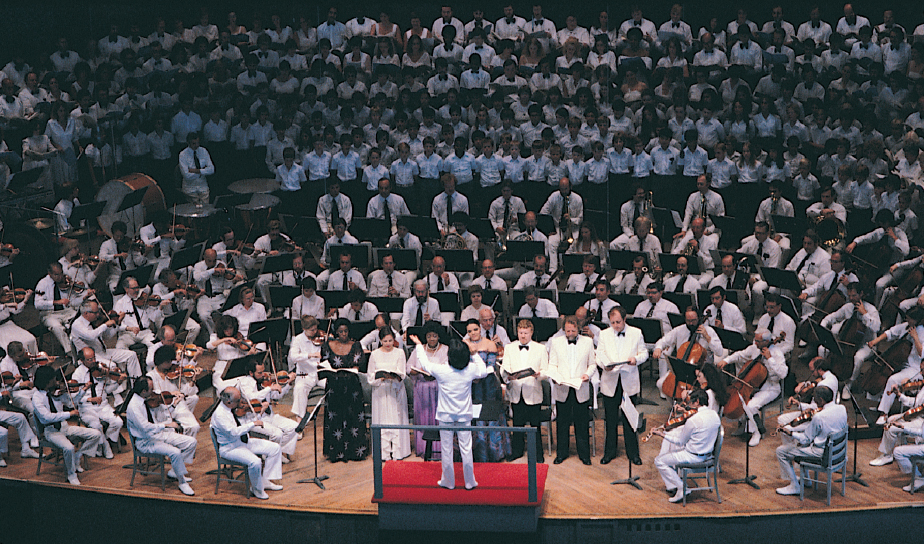Romantic Nostalgia: Mahler
If, like Brahms, Gustav Mahler felt ambivalent about the Romantic tradition, he expressed this ambivalence very differently. He eagerly embraced all the excesses of Romanticism that Brahms had shrunk from, writing huge program symphonies (though he vacillated on the question of distributing the programs to his audiences) and symphonies with solo and choral singing. Mahler thought of the symphony as a mode of expression universal and encompassing — “like a world” in itself, as he once put it. This connects him clearly enough to the most visionary of earlier Romantics. Again and again his works set out to encode seemingly profound metaphysical or spiritual messages.
Yet Mahler felt unable to enter freely into this Romantic world. There is an uneasy quality to his music that sets it apart from other late Romantic music. For while we may feel that the emotion expressed in Tchaikovsky’s music, for example, is exaggerated, we do not feel that Tchaikovsky himself thought so. Mahler’s exaggeration seems deliberate and self-
Exaggeration spills over into another characteristic feature, distortion. Mahler tends to make more or less slight distortions of melody, motive, and harmony. Sometimes these distortions put a uniquely bittersweet touch on the musical material; sometimes they amount to all-
To give an example: The slow movement of his Symphony No. 1 quotes the cheerful children’s round “Frère Jacques,” strangely distorted so as to sound like a funeral march. Mahler explained that this march was inspired by a well-
